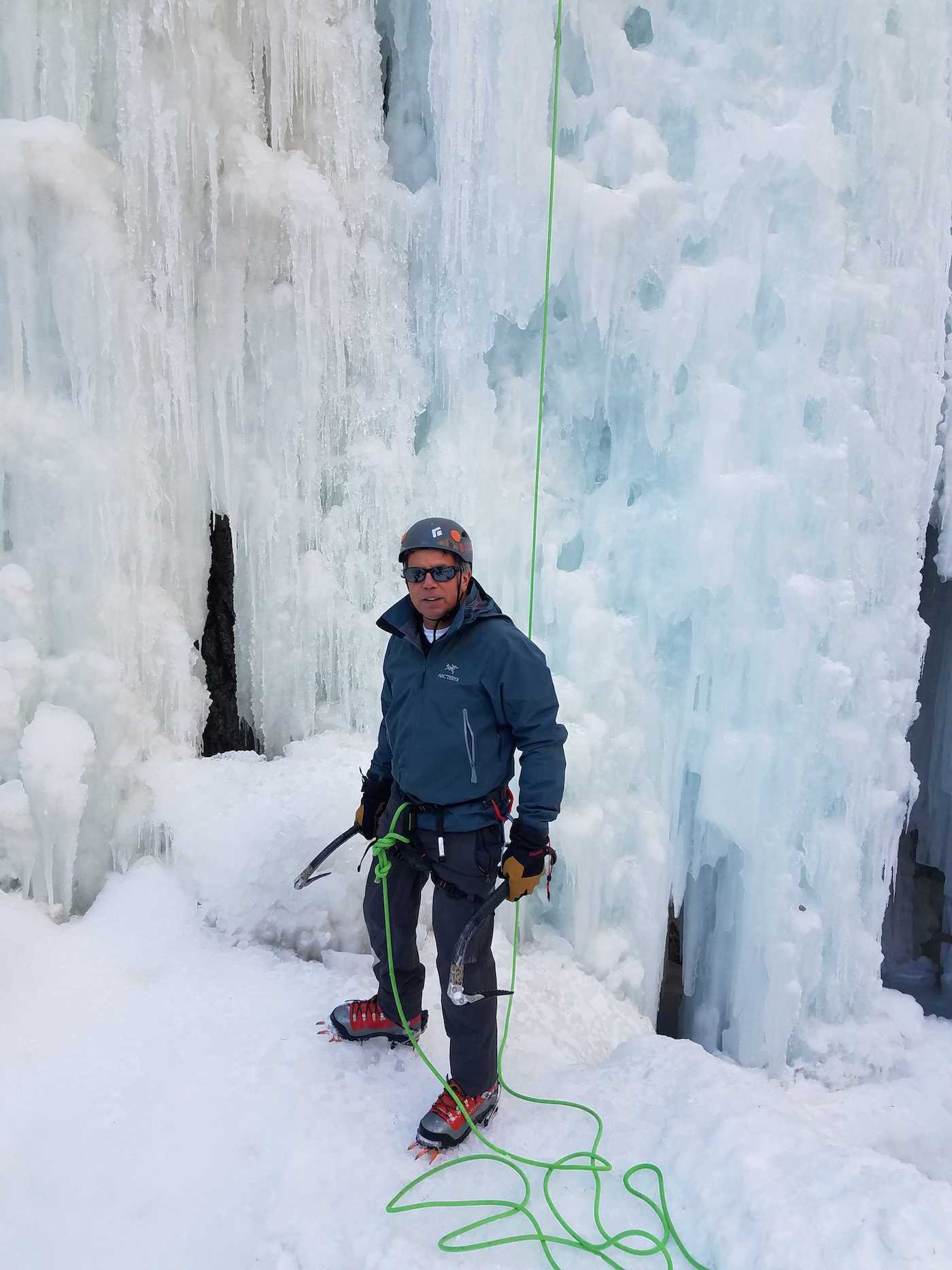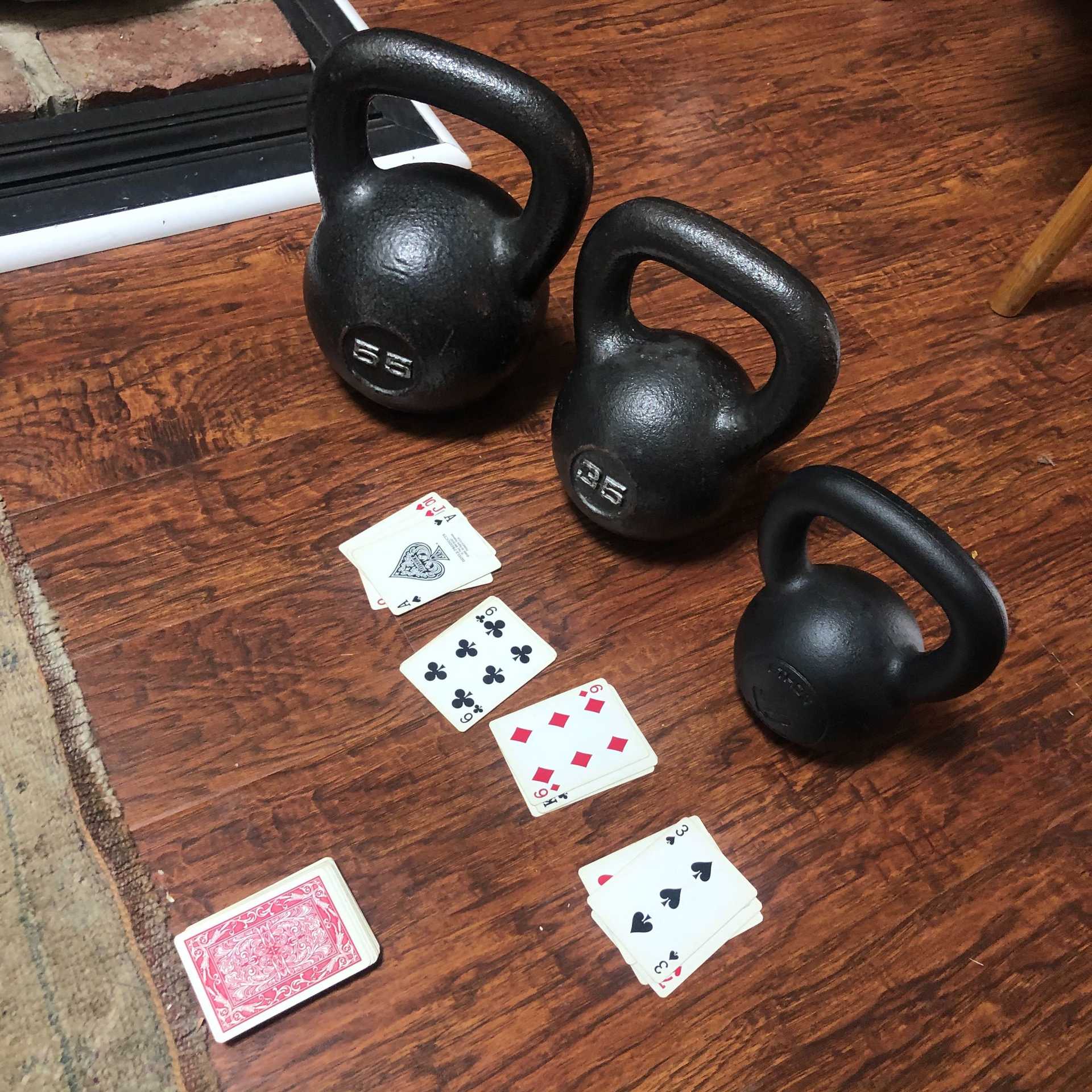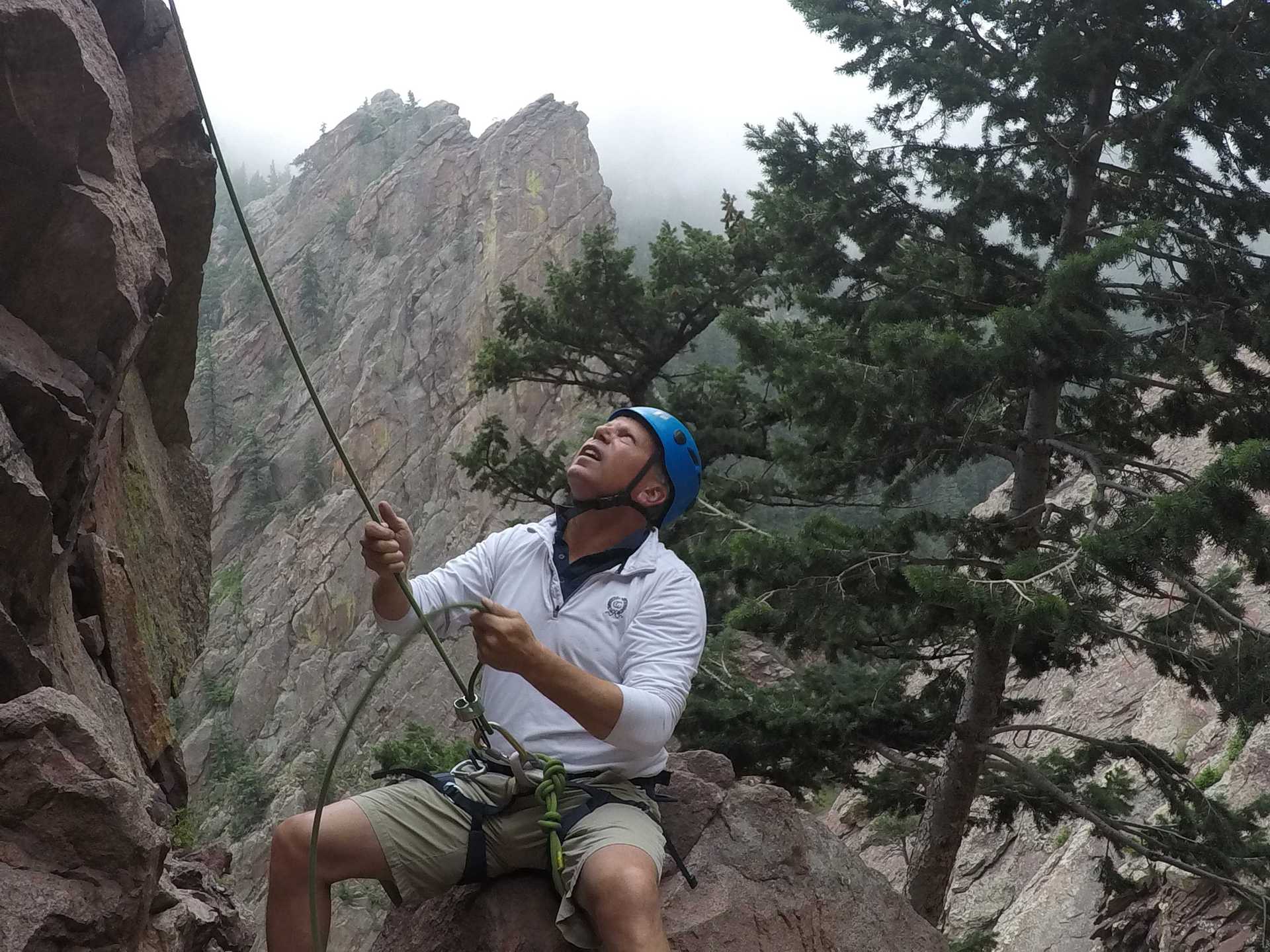Tom Cecil is the owner of Seneca Rock Mountain Guides which he founded in 1988 and is a Regional Education Director for The American Alpine Club. He has climbed and put up routes all across the world.

Should there be a different standard for Trad and Sport?
In modern rock climbing there has always been an unwritten, but actually ‘written in stone’ rule about first ascents. The rule goes something like this: The person(s) who did the first ascent of any route “owns’ that part of the cliff and the climb they established. No one could add or subtract fixed gear. This rule served a very important function— the cliffs did not constantly change at the whim of any climber who followed. If we did not have this rule, climbs would constantly change dependent on ephemeral influences. A climb that had one bolt (or none) yesterday might have six tomorrow, if left to the opinion of the next climber.
I’m not positive, but I think this rule became particularly important in the early seventies when we all voluntarily started the clean climbing revolution and stopped placing pitons. Once a route had been done “clean,” no one was supposed to use pins on it again. Obvious environmental degradation may have been the reason for this change in attitude and style, but a more elegant solution was never to be found. This is an imperfect system where the possibility will always exist that a first ascent team may not put in enough fixed gear, or he/she may put in too much, but until bolting was accepted this never really became an issue. The reasoning behind this self-imposed restriction is subtle, and perhaps because of the abnormally high illiteracy rate among aging trad climbers, lost on the new generation.
While piton scarring and constantly changing routes were some of the influences that helped form this rule and the basis and logic behind this system, why this rule gained traction, and why it was accepted are worth exploring.
Perhaps the most important (valid) reason we gave that kind of respect to someone just because they did the first ascent of some nameless piece of rock was this: the person who did the first ascent took the risk they were expecting you to take. The assumption was they had not pre-inspected the route, top-roped the route, or rehearsed the route etc— basically, they were willing to take the risk and potentially get hurt or die while on-sighting (having no previous experience or beta on the route) in ground up style. If they did that, they could, with clean conscience, expect you to take those same risks. The Bachar/Yerian is a good example of this honorable style which should be respected.
In the early to mid eighties, bolted climbs (aka sport climbs) became accepted in the US. Many may disagree, but I thought sport climbing was invented to allow climbers to concentrate on movement and less on route finding, gear placement and hazard awareness? Sport climbs are a conscious attempt to make a dangerous activity slightly less dangerous. Today, a large majority of climbers have their first climbing experience in an indoor climbing facility. Modern indoor climbing gyms go out of their way to take as much risk as possible out of the “sport climbs” they set up in gyms. If you are introduced to climbing for the first time in a gym, those three variables: gear placement, route finding (ok follow the colors..), and hazard awareness, are rarely or never mentioned.
There is no excuse for poorly bolted climbs today, but there was a time when folks putting in bolts felt, well, kind of guilty. They would place as few as possible to retain that spirit of adventure— failing to recognize (or feeling too guilty) that this was a different kind of animal. No one gets to place six pieces in the crack you opted to place one piece because there is no crack.
I’ve only been climbing for 41 years, but, in my experience, bolted routes are often put up by folks with limited experience and with a completely different style than previous generations had employed. I have yet to meet a younger climber who knows there is a code, yet somehow they all know the old rule, “Do not change a climb without the first ascent party's permission”.
Many bolted routes are poorly bolted because either the bolter “only had 20 bolts and wanted to put a lot of routes up,” or they are 5.12 climbers who decided no one needed bolts on the first 20 ft because it was so “easy.”
How many sport climbs have you been on that if you fell after clipping the first, second, or even third bolt you would hit the ground? That's bullshit. I didn’t think much of it until this past winter. I was living in Vegas. While hiking around the Calico Hills I met a group of folks who intended to re-bolt almost all of the climbs on the loop road at Red Rocks. I spoke to one and asked if they had gotten any local input (not from me I’m not a local there) and— let me step back in time for a moment.
I first climbed Red Rocks in 1984 during my years at the academic bastion of knowledge known as Prescott College. During my third or fourth trip, I was climbing one of those sport crags on the loop (the Dog Wall, I think). I watched a guy desperately trying to clip the second bolt on an already popular route. The second bolt was way too high, but there had been a great clipping jug which had broken off the day before. The dude fell and landed on his girlfriend's head (no fault of hers), resulting in a broken neck (hers) and a heli-rescue (one of the first I saw).
I relayed this story to the young fella and he said “Oh my god! We could never change the route without the permission of the guy who did the first ascent”. The dude has since quit climbing after having only climbed for a couple years. I’m sure he gave absolutely no thought as to how to engineer a “sport climb,” which I always thought was to create as safe a bolted climb as possible, and this is the tough part, a climb with no ego involved. Obviously, you can't make any climb totally safe, but I do think the first ascent party has a responsibility to build as safe a route as possible if they want to enjoy the privilege of “owning that portion of the rock." If there are current sport climbs which follow the original intent of the first ascent rule they should remain and the guidebook should say, “This a sport climb. Bolts are positioned in a way that will get you killed or disfigured if you fall."
Before I proceed let me say this: I enjoy sport climbing. I have placed hundreds of bolts and "created" hundreds of sport climbs, and more importantly, replaced hundreds of bolts (mainly in Thailand: ThaitaniumProject). I have nothing against sport climbing but when you think about it, Trad climbs, by their very nature, are organic. There was a line (a crack or series of holds with small cracks for protection) which usually allowed pro to be placed and usually removed. If you had the skill, or dementia, to “keep it together,” you might make it to the top unscathed. It was equally important to know your strengths as well as your weaknesses. You left the first ascent of the climb to another party if you weren’t up to the task. In an ideal world, on the perfect Trad climb the experience for the next party was the same as the first ascent party, because it looked untouched.
Sport climbs are, in a sense, artificial and contrived.
con·trived
adjective: contrived
Deliberately created rather than arising naturally or spontaneously. Created or arranged in a way that seems artificial and unrealistic.
Someone walks up to a blank wall, a wall no one could climb (ok, Alex Honnold), and decides to put up a sport climb. They take a piece of rock that no one would have been able to climb and make it climbable. There was nothing dangerous before, but now there is. They knew the rock well, they are great climbers and they put up a very dangerous sport climb. Do they own the rock? Should he/she/they be afforded the respect given to a first ascent party from a different/previous era? An era when bolts were rarely considered, an era when adventure rather than sport was the essence of rock climbing?
I think it's time to start a conversation to explore a consensus on this issue. There will always be different opinions on how many bolts a climb should have, but physics and math do not lie, if you are going to hit the ground while clipping the first, second, or third bolt something is wrong and should be changed. In my opinion, sport climbs should be considered "works in progress." If they need to be changed a bit because those in the local community have recognized the contrived danger, so be it. I’ve gone back many times and “fixed” something I screwed up. In my opinion, the first ascent party of most modern sport climbs do not deserve the respect that was given to climbs from a very different era, unless the same risk was taken by them. To climbers, almost everything is a "grey area," requiring years to gain insight, and we all have to use our own judgment in the long run. I remain hopeful for a thoughtful conversation about this subject.


